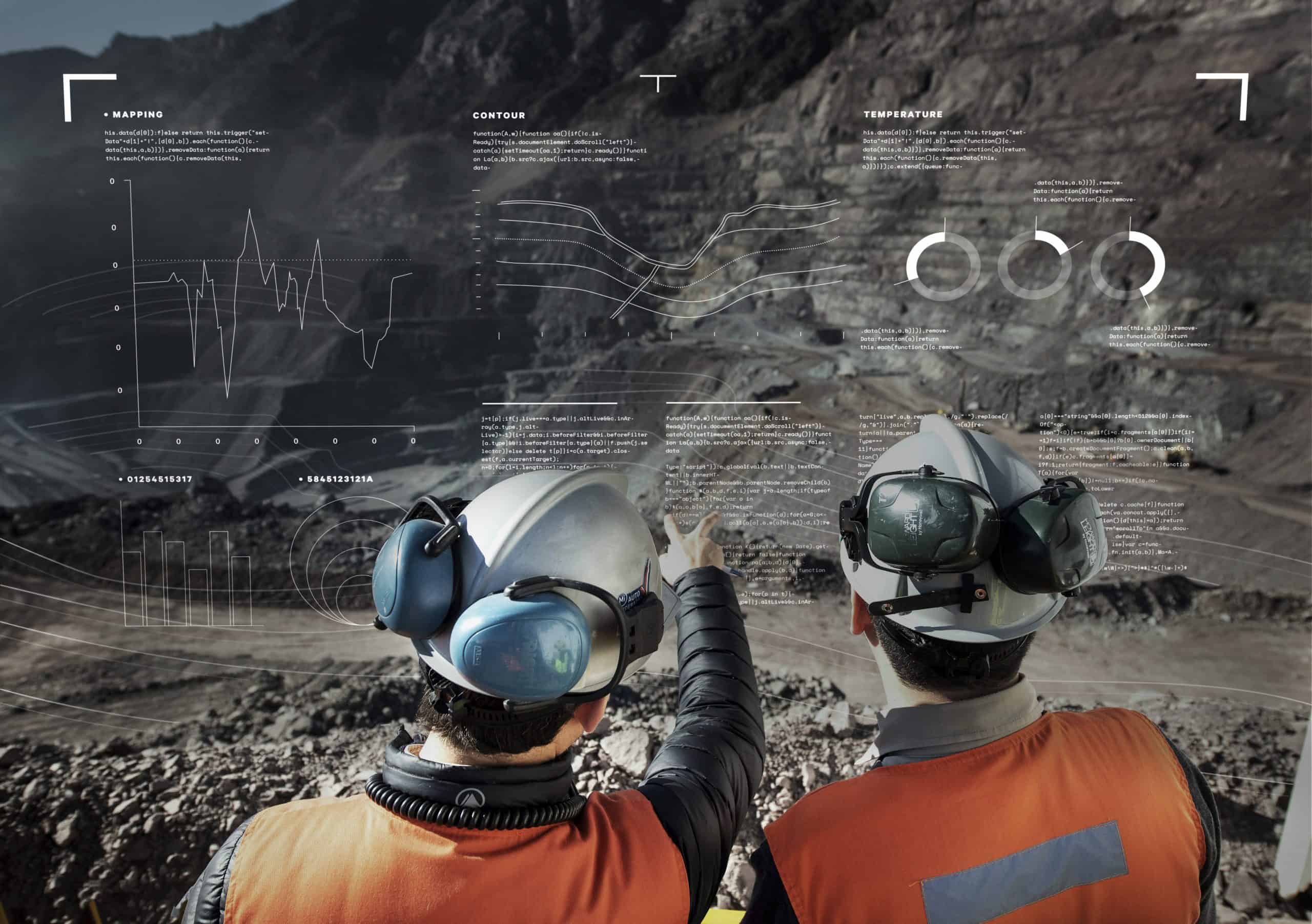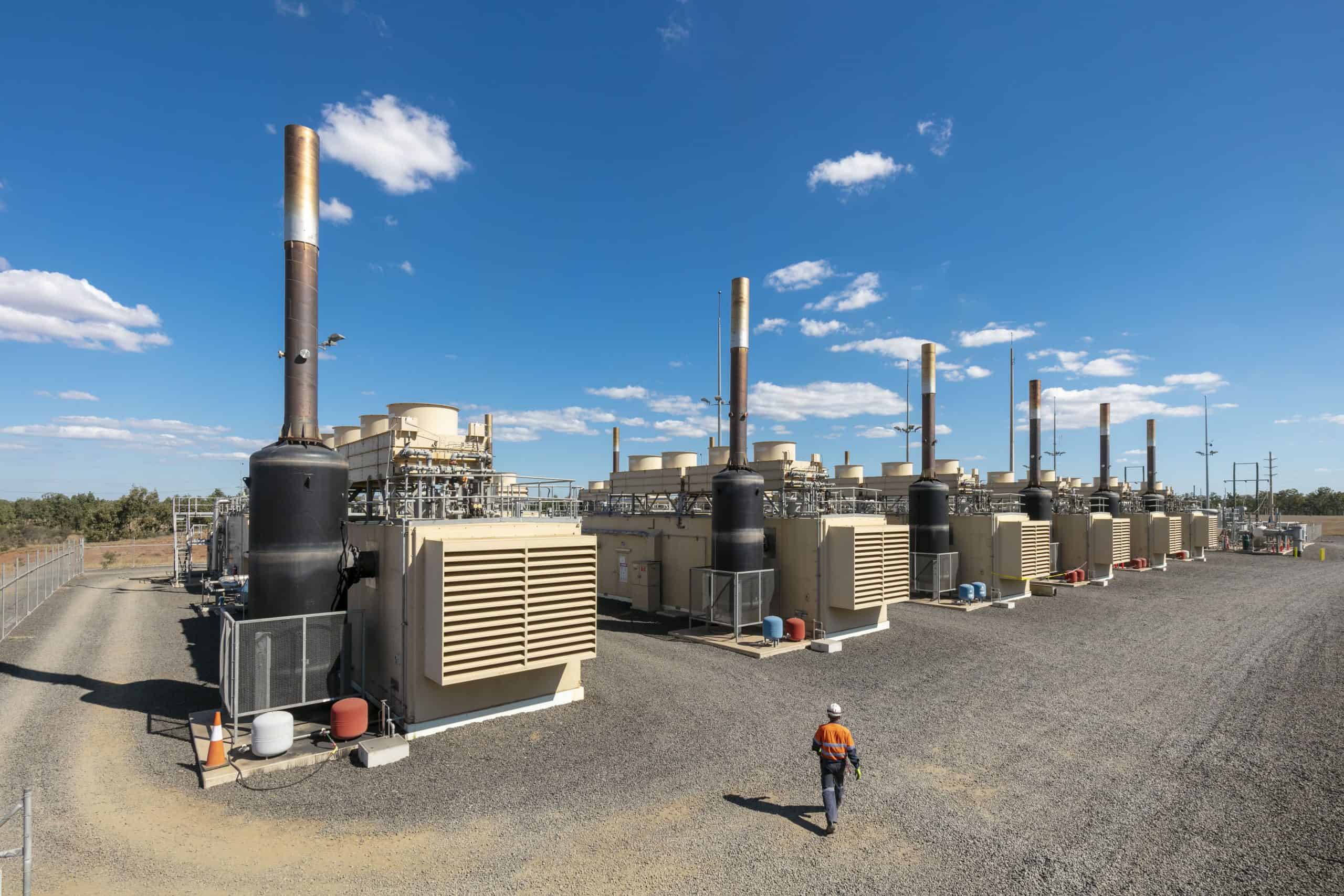Parasyn have been providing engineering, management and lifecycle technology related services to Anglo for over 10 years. Though some of these activities have related to IT Infrastructure, networks, security and design, the overall umbrella for the work is an OT Managed Services arrangement.
During this time, Parasyn has programmed and successfully delivered more than 70 distinct work packages. These work packages were in addition to incident management and support management, which is essential in maintaining uptime for critical plant and assets.
OT Managed Services is a framework we use for maintaining a system or providing governance for a system of systems. The purpose is to reduce operational costs and improve how operations performs. The responsibility for the technology, applications, and process outcomes rest with the Managed Service Provider (MSP), and in this case is shared between Parasyn and Anglo.

One Management Function
Understand roles, governance, accountability and service quality is an important part of guiding operational excellence. For our defined scope, we plan for outcomes as One Management Function. What this means, is when a service, project or support activity is initiated, full consideration is applied such that one activity does not devalue or degrade the outcome of other programs and projects.
In a broader sense, for Anglo we provide incident management, consulting and project activities that can be summarised as:
Our reason for organising what we do into a One Management Function, is to;

How is mining unique?
At the best of times, Operations in any asset intensive business is dynamic. In the case of mining, dynamic is on steroids. Day to day, best laid plans change to meet demand. With sufficient resources skilled and familiar with the landscape, most non critical activities continue on without interference when dynamic demands find their way to the MSA project manager. When planning is a core value and fully integrated in the business, plans are relatively easy to change, because there are no unknowns to consider and everyone already knows where they are at before inflection occurs. Daily cadence and frequent reporting on accountabilities and progress, cements the expectations for both parties.
The dynamic nature of mining imposes the need for flexibility and having good general knowledge. Good general knowledge is key to effective operational support because systems are complex and understanding causality is an important capability for engineers in support of critical operations. Due to the locational challenges associated with mines, general knowledge and wide skills capability empowers faster resolution because there simply isn’t the luxury to plan a resolution for “another day”.
A wide skills base is helpful to address plethora of items in any system with many moving parts. Those systems are people, assets, geology, global economy (demand) and changes to lifecycle planning. A service engineer, designer or subject matter expert cannot afford to be an expert in one system without fully appreciating the wider environment and ecosystem. In this case the ecosystem is the entire OT technology platform.
Balancing the workload
The contractor/staff demarcation lines are blurred with OT Managed Services. Working together in mining is important because sometimes there isn’t time to get organised and plan a “fix it up meeting” for 3 weeks’ time.
There is a constant need to cater for the irregularity of shift change overs, which demands frequent knowledge transfer. Shift changes bring new people with varying skills.
During our 10-year tenure with Anglo, we have witnessed regular staff changes which results in operators inheriting systems, systems which are mature for which they have no history. Change management and the creation of good artefacts and records helps in these situations. Good artefacts and records also ensure lifecycle management can be achieved without constantly revising how something used to work, how it is currently configured to work, how does it work based on the environmental changes, and how it should work. Unfortunately, with poor configuration management, operators are usually left with nothing but “how it should work”.

What is the scope of your activities with Anglo?
The types of assets and work packages are broad and varied in size. Usually there are concurrent projects and advisory services running simultaneous to incident management and resolution.
Some of the asset types managed in Parasyn’s scope with Anglo are:

What is your vision for providing OT Managed Service?
From minor support tickets to turnkey projects our ultimate objective is to empower our customers to operate the assets with certainty while we manage the OT infrastructure, critical applications and the vendors.
Managing OT technology is unique and unlike managing IT infrastructure.

